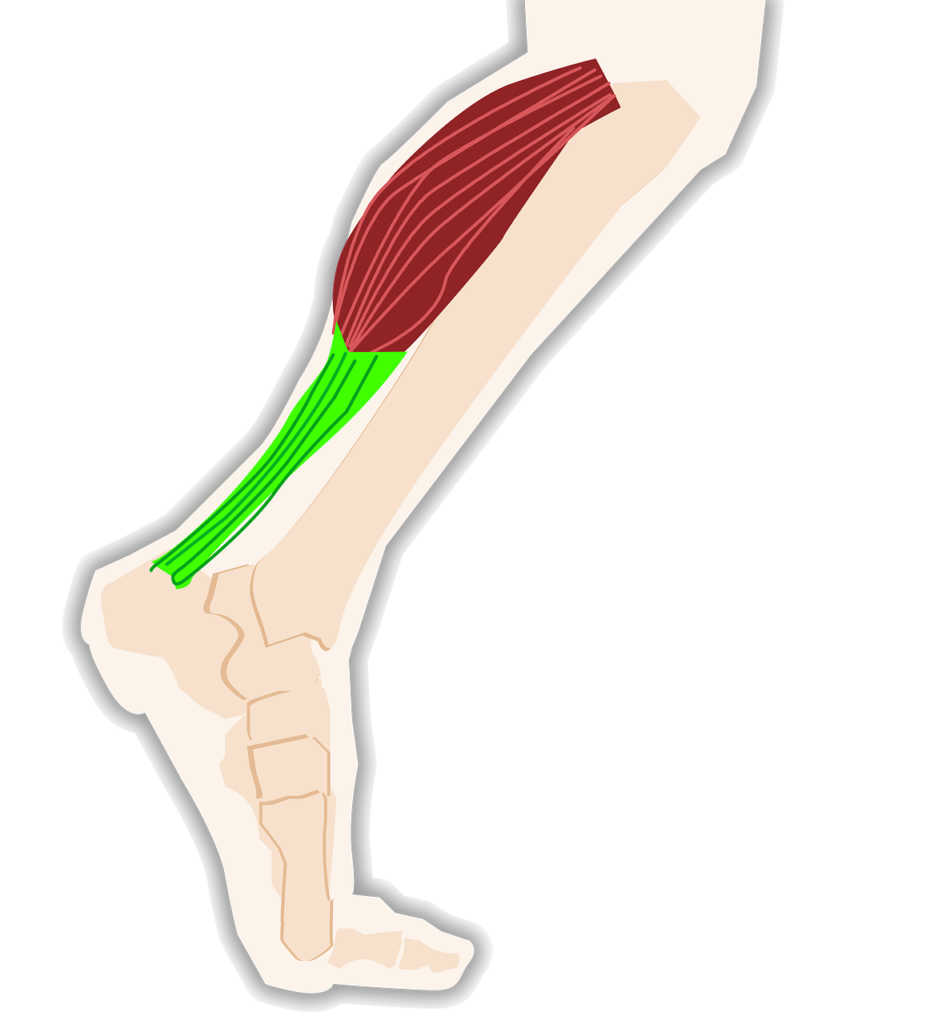Elasticity is a primary feature of solids that determines their ability to restore their original shape and size after being subjected to external forces. This behavior is vital to understand how materials respond to stress and strain in everyday life and in technical applications.

Solid bodies are not perfectly rigid but it has definite shape and size.
The property of a body, by virtue of which it tends to regain its original size and shape after the applied force is removed is called elasticity.
Elastic Behaviour of Solids;
The substances which regain their original shape and size after removal of deforming force are called elastic substances.
The particles of solids are compactly packed and interatomic or intermolecular distances between them are in stable equilibrium.

What is Elasticity?
Suppose, extending and releasing a rubber band. The rubber band returns to its initial form with a snap. Elastic behavior is the capacity of a solid material to revert to its initial state upon removal of the deforming forces.
It happens because when a force is applied, the atoms or molecules in a solid are momentarily displaced; however, when the force is removed, they return to their equilibrium locations.
Only within specific limitations of deformation known as the elastic limit does elasticity visible itself. The material may break or have permanent deformation if the applied force is greater than this limit.
Stress and Strain
Stress and strain are two essential ideas that we must become familiar with in order to understand elasticity better.
• Stress: A material experiences stress when a force is applied to it. Stress is defined as the force applied per unit area. It is measured in pascals (Pa) and is mathematically expressed as:
Stress = Force (F) / Area (A)
Strain: Strain is the relative change in the shape or size of a material due to the applied stress. It is a dimensionless quantity, given by: Strain = Change in dimension /Original dimension
Stress and strain are directly related in elastic materials, which is described by Hooke’s Law.
Hooke’s Law
Hooke’s Law states that, within the elastic limit, the stress applied to a material is directly proportional to the strain produced. Mathematically, Stress ∝ Strain or Stress = E⋅Strain
Where E is the Young’s modulus, a material-specific constant that measures the stiffness of the material. A material’s Young’s modulus indicates how resistant it is to deformation. Rubber is more flexible than materials with a low Young’s modulus, where as steel and other materials with a high Young’s modulus are stiffer.
Types of Elastic Moduli
Depending on the type of stress and strain, several elastic moduli can be used to quantify elastic behavior:
Young’s modulus (E): Its indicates how elastic a length is under compressive or tensile stress.
Shear modulus (G): When a material experiences shear stress, its elasticity is described by its shear modulus (G).
Bulk modulus (K): Its indicates how elastic a material is when compressed uniformly in all directions.
Factors Affecting Elasticity
The elastic behavior of solids is influenced by several factors:
Material composition: The elasticity of various materials varies.
Temperature: All though, thermal energy permits atoms to move more freely, rising temperatures typically result in decreased flexibility.

Impurities: A material’s elastic characteristics may change if it contains impurities.
Past history: A material may show alterations in its flexibility if it has been repeatedly stressed.
Importance of Elastic Behaviour
In several applications, elastic behaviour is essential:
Engineering and construction: To guarantee safety and functionality, the design of machinery, buildings, and bridges depends on an awareness of material elasticity.

Commonplace objects: The elastic qualities of springs, rubber bands, and even shoe soles are important to their operation.
Biological systems: Elasticity plays a significant role in living things as well as seen by the skin’s and tendons’ capacity to stretch.

Note:
One interesting and useful area of material science is the elastic behaviour of solids. It aids in our knowledge of how materials react to stresses and revert to their initial state. By researching elasticity, we may create buildings and materials that function well in a range of scenarios, guaranteeing efficiency, dependability, and safety in our daily lives.
The ability of a material to return to its initial size and shape following the absence of an external deforming force is known as elasticity in solids. Only within the material’s elastic limit is this behaviour seen.
Stress is the force applied per unit area of a material, measured in pascals (Pa). It quantifies the intensity of the force acting on the material.
Formula: Stress = Force (F) / Area (A)
Strain is the relative change in shape or size of a material due to stress. It is dimensionless and expressed as a ratio.
Strain = Change in dimension / Original dimension
Hooke’s Law states that, within the elastic limit, the stress applied to a material is directly proportional to the strain it produces. The relationship is given as: Stress = E⋅Strain
Here, E is the Young’s modulus, a measure of the material’s stiffness.
The three main types of elastic moduli are:
Young’s Modulus (E): Measures elasticity under tensile or compressive stress.
Shear Modulus (G): Describes elasticity under shear stress.
Bulk Modulus (K): Quantifies elasticity when the material is subjected to uniform pressure.